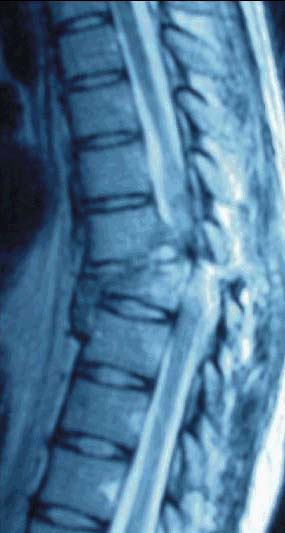
Fertility has been an issue since the beginning of human societies. According to its
definiton, it is the capacity to conceive and generate offspring. In many ways, fertility is one of
nature's selective methods to allow only the fittest to continue the life journey along time.
Plants have great resources for reproduction: wind, water, animal-assistance, etc. Some animals also use some of those resources. However, the more complex the animal, the more complex the reproductive method, and the least successful. Sexual reproduction in complex animals such as humans has been a major advance, but also a major restriction. Why? Humans as animals, cannot survive purely by themselves until late infancy. Which means that humans need a lot of support, energy and guidance. And who is going to provide that but the mother.
Humans need extra energy and time, because they need to mature a series of complex structures (
organs and systems) that will help accomplish life's exigencies.
Most of these requirements are guided toward the maturation of the
nervous system, mainly the growth of the brain and its annex structures. That is human's trade off. It has been a sacrifice to invest in a longer period of gestation and rearing to obtain a highly-complex, multi-tasking animal capable of interacting with its envioronment not only sensorially but also at a very important level, socioculturally.
So fertility problems, or difficulties to conceive or produce an offspring is just another way nature has used to select us as living things.
But as any other problem, we gçfound a way around to solve it. Infertility treatments started decades ago with trial and error as the main technique, and it wasn't until the late 60's that artificial insemination really started working. And only in 1978, Louise Joy Browne, the first baby conceived by InVitro Fertilization was born in England after Robert Edwards, PhD and Patrick Steptoe, MD performed hundreds of experimental procedures trying to overcome the
blocking of fallopian tubes. Decades have past since that first success, and many other procedures have been implemented in the fertility lab, such as:
GIFT and ZIFT,
SUZI,
ICSI, Oocyte maturation, sperm-retrieval procedures and lately,
PGD, and lately
IMSI.
The question here is, what is the limit? I just read a
news report that indicates that a 70 year old woman has delivered twins. Even though I support the assisted reproductive techniques, I think it must be limited to people under a certain range of age. Because, as a father, I can testify that raising kids takes a lot of physical and mental effort, but overall the main ingredient nowadays, is to be able to give them our TIME.












 Linkedin/glazaro
Linkedin/glazaro Twitter/glazaro
Twitter/glazaro YouTube/sjtics
YouTube/sjtics Del.icio.us/glazaro
Del.icio.us/glazaro Technorati/glazaro
Technorati/glazaro MyBlogLog/glazaro
MyBlogLog/glazaro Blog/Gerardo Lazaro
Blog/Gerardo Lazaro
